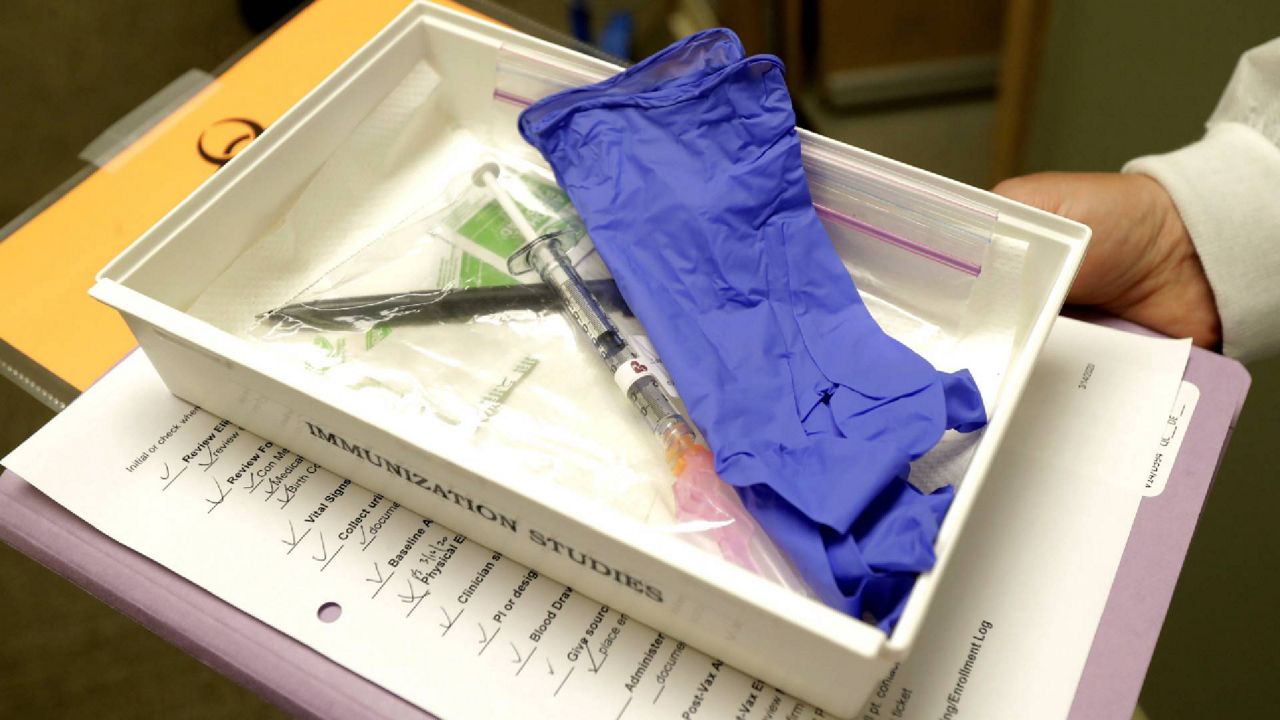On Tuesday, a CDC advisory panel voted to prioritize health care workers and Americans living in long-term care facilities for a vaccine when one is approved, which is now likely by mid-December.
The Advisory Committee on Immunization Practices held a four-hour long, virtual discussion about the U.S. populations that would be vaccinated in Phase 1 of the vaccine’s rollout, voting to approve the recommendation for Phase 1a. One panel member voted against the motion.
Phase 1a includes the country’s 21 million health care workers and three million residents of long-term care facilities, two groups whose environments are conducive to significant COVID-19 spread. More than 100,000 long-term care residents and staff have died from the virus, accounting for 40 percent of all deaths, according to the Kaiser Family Foundation.
CDC Director Robert Redfield is the next to approve the panel’s recommendations. If he does, they will be officially issued to states, where state officials will decide exactly which health care workers and long-term care residents get vaccinated first.
The panel will meet again later this month to decide its next recommendation for priority vaccination. The proposed Phase 1b would include other essential workers, such as those working in the food industry, police, firefighters, staff working in jails and prisons and transportation workers.
Phase 1c would open up the vaccine to Americans with high-risk medical conditions and those over the age of 65.
The panel’s considerations took into account three key elements: the science behind them, including how many cases of the virus are present in certain populations, implementation, or the feasibility of distributing the vaccine, and ethics, including the ability to do more good than harm by vaccinating a community.
“Today, one person is dying of COVID in the U.S. every minute,” said Dr. Beth Bell of the University of Washington, who opened the meeting. “So we are acting none too soon.”
Nearly 270,000 Americans had died from the virus as of Tuesday afternoon, an average of nearly 1,500 per day over the last week.
The ACIP met as two companies — Pfizer and Moderna — have submitted promising vaccine candidates to the FDA for emergency approval. The agency’s advisers will meet to review the data on those vaccines on Dec. 10 and Dec. 17, and a vaccine could be ready for distribution in the days after.
The panel is made up of 15 independent medical experts who are voting members, plus eight members representing U.S. agencies and 30 liaison members to provide additional expertise.
A public comment portion of the meeting included one nurse who expressed concerns about health care workers being used as a “test” for a quickly-produced vaccine.
“Does it make sense for our health care workers to receive this inadequately-tested, liability-free vaccine when the nation is literally depending on them to guide us through this pandemic?” she asked.
The panel member who voted “no,” Dr. Helen Keipp Talbot of Vanderbilt University, had raised concern over vaccinating long-term care facility residents, since vaccine trials often study a younger population. She stressed the need for vigilance and immediate reporting of any apparent issues with the vaccine.
ACIP members outlined the early warning system in place to observe and report safety concerns or adverse effects of a vaccine as it’s administered. The system includes the ability for approximately 17,000 long-term facilities within the CDC’s network to directly report issues, according to committee member Dr. Tom Shimabukuro.
Some members questioned the logistics of administering the vaccine to health care workers en masse, since medical staff are already stretched thin. The vaccine can sometimes cause mild side effects, such as soreness or a fever, in the days after someone gets a dose.
“We may have a 100-bed hospital [that] doesn’t have enough staff,” said Marci Drees, who represents the Society for Health Epidemiology of America. “I think there’s going to be a need for a lot of partnership … to distribute in a vaccine in a way that makes sense and allows them to stagger it out over time.”
In Tuesday’s meeting, a representative for the CDC said they expect to distribute between 5 and 10 million doses per week once a vaccine is approved.
Previously, health officials, including Health and Human Services Secretary Alex Azar, have said the U.S. should be able to distribute vaccine doses for as many as 20 million people by the end of the year. But it’s unclear if 20 million people will actually be vaccinated by 2021, since the timeline still depends on when the FDA issues emergency authorization.



